



One of the most important benefits of DALI-2 is to introduce standardization of control devices for the first time.
The two categories of control device are:
► Application controllers
► Input devices
► The “brains” of the system
► Can use information from any source and make decisions
► Can send commands to the control gear (no other device can send commands to control gear)
Application controllers can use information from any source, including:
Single-master or multi-master variants are allowed:
| Single-masters | Multi-masters |
| Only one allowed on the DALI bus | More than one can be used on the same bus |
| Receiver is optional | |
| May allow polling of input devices, or checking status of control gear | Supports event-driven operation of input devices |
| Uses a short-address |
Control devices are standardised in DALI-2, but did not exist in DALI verison-1. For this reason, there are no DALI version-1 control devices – there are just products that are designed to send commands to control gear, but have not passed any official DALI tests. The DALI version-1 logo should not be used on any control device.
► Fairly simple devices that provide information to the system
► Examples include push-buttons, sliders, occupancy sensors, and light sensors
Input devices provide information to application controllers.
Input devices are multi-master.
They can be polled, but are normally used in event-driven mode.